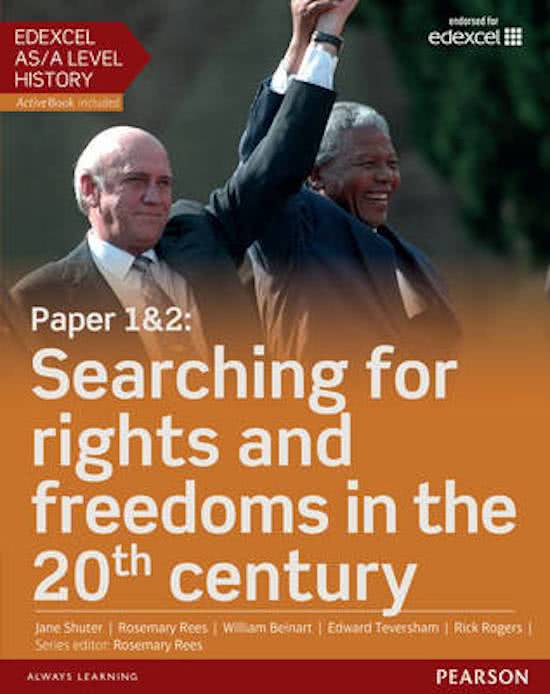In search of the American Dream, 1917-1996
The changing political environment, 1917-1980
(1.1) 1917-1933
The impact of the First World War
President Woodrow Wilson took the USA into WW1 in April 1917 despite
campaigning in the 1916 election on a platform of keeping out of it after Germany
attacked US shipping and tried to recruit Mexico as an ally.
Warren G. Harding won the election of 1920, promising a return to ‘normalcy’, a
word he made up.
There had been a short, sharp economic depression between the end of the war
and Harding taking office in 1921. This was caused in part by the end of the war
and led to protests, strikes and riots: unemployment was five times greater in 1921
than in 1919.
‘Normalcy’ would mean and end to these problems; a slow, steady way of life. He
would do this by balancing the books, reducing taxation, imposing tariffs, providing
radio and addressing the 'race question’.
Isolationism
Harding proposed that the USA should be supportive of other countries without
becoming ‘entangled’ in their affairs in the League of Nations.
This meant both in terms of politics and in terms of self-sufficiency - people were
encouraged to ‘buy American’ by high tariffs on imported goods e.g. the Fordney-
McCumber Act of 1922.
Immigration was also to be cut:
the Emergency Quota Act of 1921 restricted immigration to 357,000 per year
with no more than 3% of the people from that country in the USA in 1910
the National Origins Act revised this down to 150,000, reduced the quota to
2% and used the 1890 census to further reduce southern eastern European
(Catholic) immigration.
Congress passed neutrality acts to restrict the USA when other countries went to
war.
On the other hand, the USA brokered the Washington Conference 1921-22 to limit
naval growth.
The presidency
President Wilson had been only the second Democratic president since the Civil
War.
Many people felt that Wilson had been far too hands on as president and had





